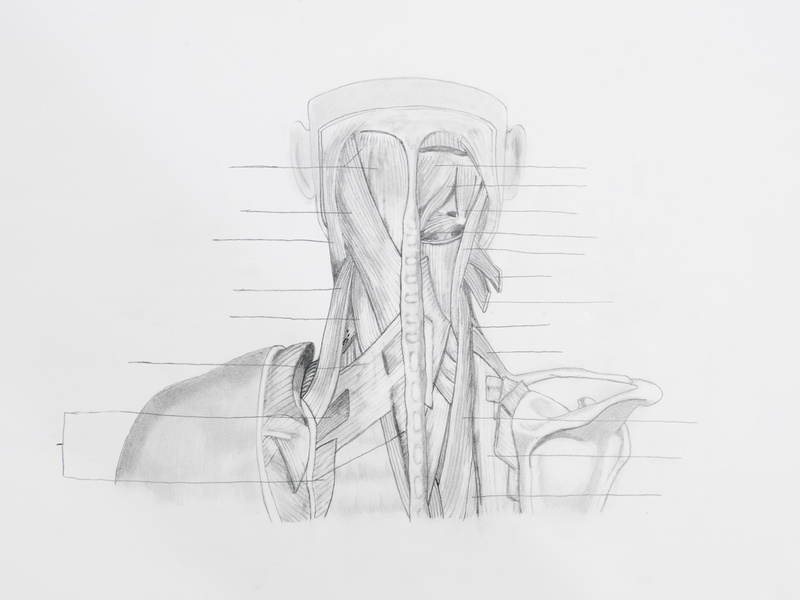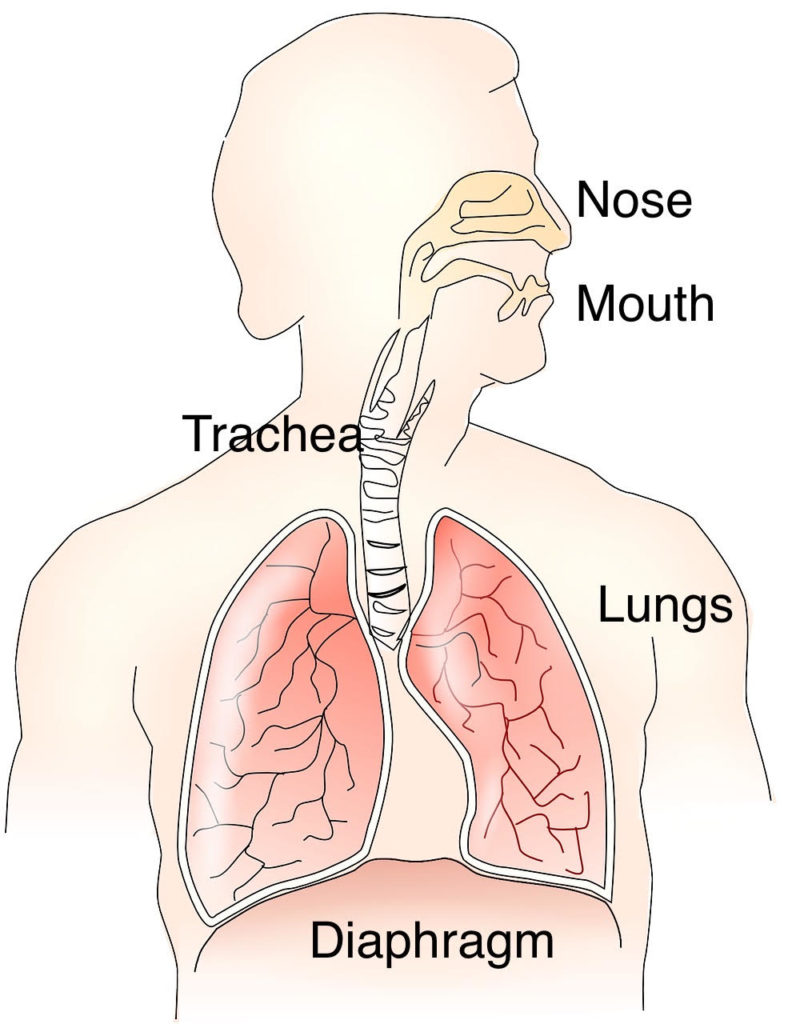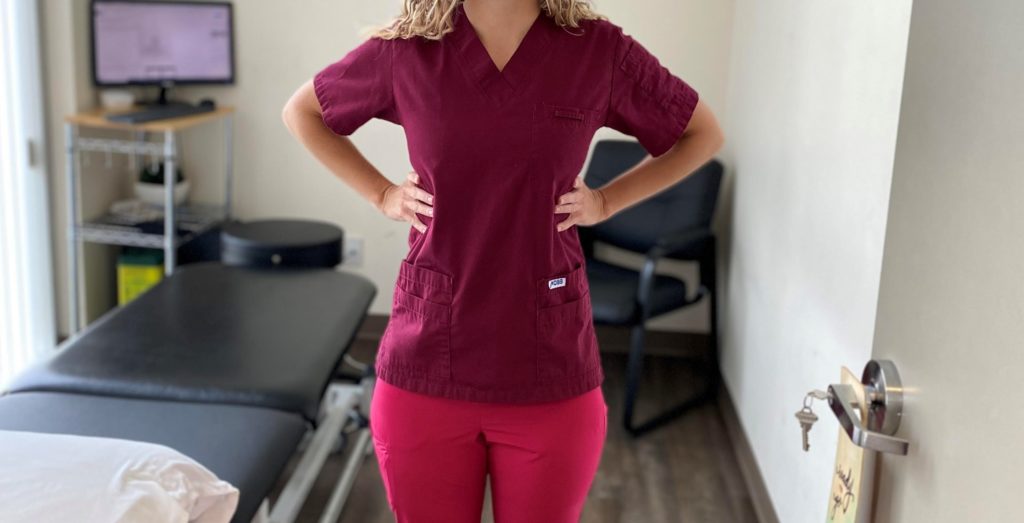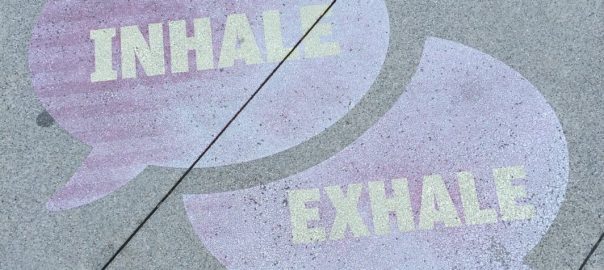Breathing… it’s essential for life! It’s also something so basic we never give it a thought.
That’s because breathing (AKA respiration) is an automatic function, subconsciously controlled by the respiratory center at the base of the brain.
While we can control our breathing rate and even hold our breath voluntarily, we do not need to think about it all the time. Breathing continues whether we are awake, asleep, or even unconscious!
Respiratory muscles
There are several respiratory (or breathing) muscles involved in the process:
Diaphragm
- this is our most important respiratory muscle!
- It is a dome-shaped muscle that separates our chest cavity (where the heart and lungs reside) from our abdominal cavity (where the rest of our internal organs are).
- What’s more, the diaphragm has multiple attachments: the sternum, ribcage, and spine
Intercostal (rib) muscles
- These muscles lie between your ribs, attaching them to one another.
- There are three layers: external, internal, and innermost.
Cervical (neck) muscles
- these are referred to as the “accessory” muscles of respiration, and include the scalenes, sternocleidomastoid (SCM), levator scapulae, and the upper fibers of trapezius (“traps”).

Abdominal muscles
- include the rectus abdominus (our “six-pack” muscle), the internal and external obliques, and the transversus abdominus (the “inner core”)
Other…
- Other accessory muscles that are in the chest and back area include: pectoralis major and minor (“pecs”), latissimus dorsi (“lats”), and the superior serratus posterior.
What are “accessory” muscles of inspiration?
Accessory muscles (found in the neck, chest, and back) are typically needed during heavy exercise, a stressful situation, during an asthma attack, or in someone suffering from COPD. In other words, when breathing becomes hard work and more energy is needed!
However, when these accessory muscles are habitually used, our breathing pattern changes and that can have wide-ranging effects…
So how does breathing work?
Breathing in…
- As you breathe in (or inhale), the diaphragm contracts and moves down in order to increase the space in the chest cavity. That’s because your lungs are filling with air and need additional space to expand.
- The intercostal muscles also help to spread out the ribs (by pulling them upward and outward) and allow for the chest cavity expansion.

Breathing out…
- Interestingly, exhalation is a “passive” process, meaning that no muscle work is required.
- As we naturally breathe out (or exhale), there is an elastic recoil from the lung tissue, which pushes the air out of the airway.
- However, if we are engaged in vigorous exercise, or if we forcefully exhale, that will require muscle work. Specifically, the abdominal muscles help out the most. They contract to raise the abdominal pressure so that they can push the relaxed diaphragm up into the lungs, and in this way, push the air out.
The “correct” breathing pattern
Normally, as we inhale and the diaphragm and intercostal muscles contract, the ribcage expands from all sides. While the chest rises a bit, the lower part of the ribcage (upper part of the abdomen) should rise even more.
As we exhale, the chest and upper abdomen fall back in.
You can test this yourself! 😊
Place one hand on your chest and the other hand below the chest (upper abdomen). Take several regular (or slightly deeper) breaths, pressing the hands into the chest and upper abdomen. On the inhale, you should feel the bottom hand rise a bit more than the top hand.

To test overall ribcage explosion, place your hands on your sides, high enough that you are pressing into your lower ribs. The thumbs will be feeling more the back portion while the rest of the fingers more of the front portion. Press into your ribs as you take several regular (or slightly deeper) breaths. You should feel equal expansion on both sides as you inhale. Note if there is movement on the front, side, and back of where you are pressing!

Why does this matter?
Aside from bringing oxygen into our body and expelling carbon dioxide, our breathing has an impact on many other areas of our body and health…
Stay tuned for Part 2 to learn how breathing can impact our ribcage and joint mobility, our posture, our core strength, our pelvic floor function, and even our stress levels!

